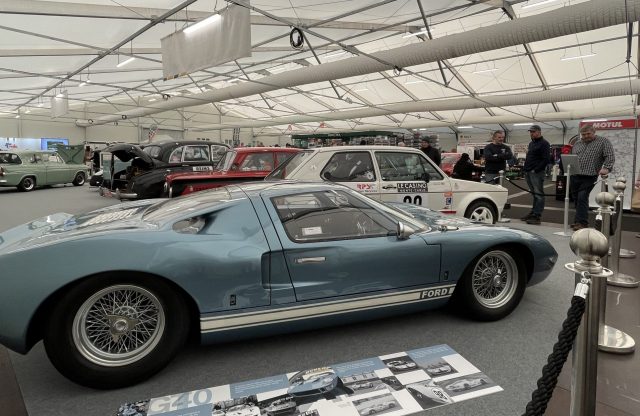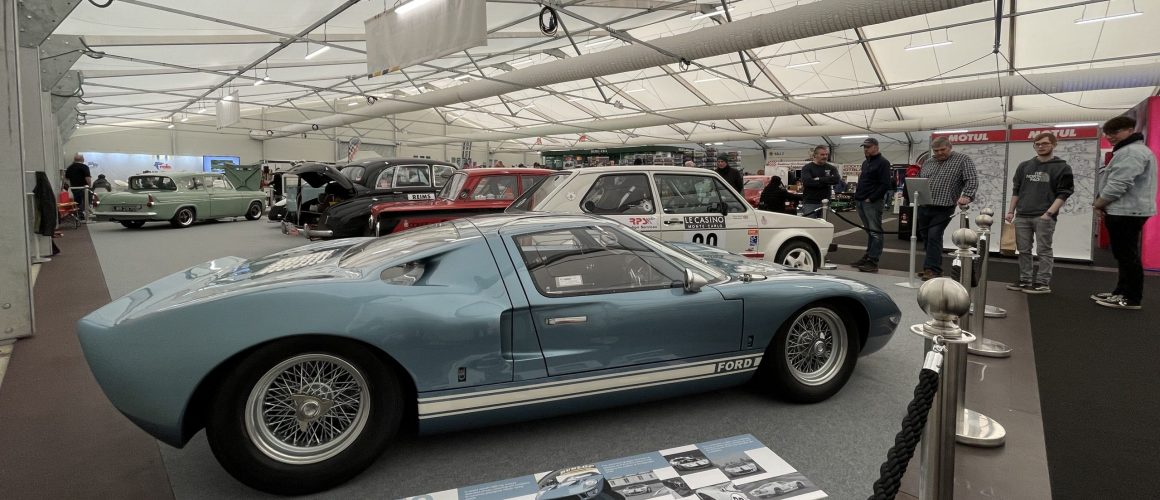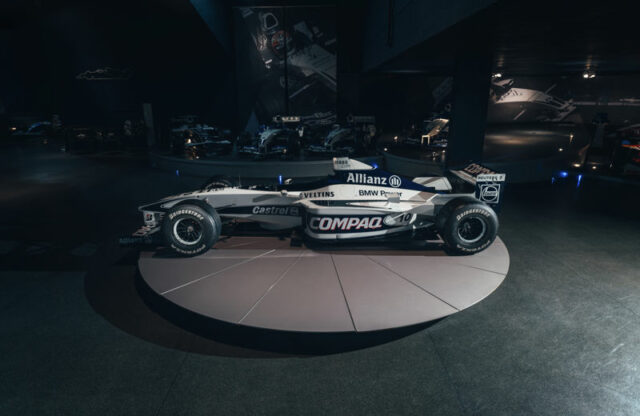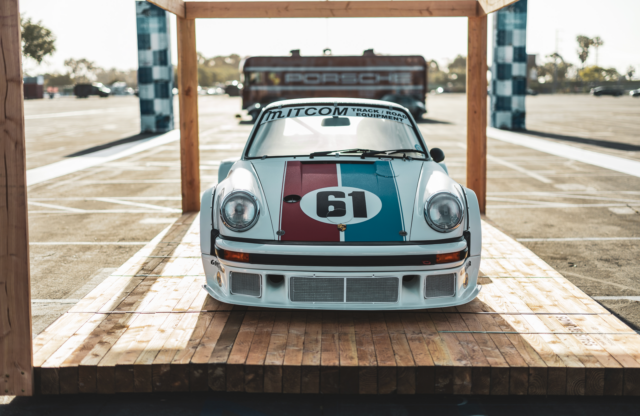Words and photography: Nathan Chadwick
Race Retro came back to life over the weekend of February 24-26, 2023, returning after an enforced Covid-mandated absence.
It was a much smaller affair this time around, with just two halls and a much-reduced autojumble, reflecting the economic strife of some small businesses, upon which much of the UK’s historic motor sport sector relies, are facing at the moment. Nevertheless, the show was busy with a strong attendance, and the live rally stage provided an exciting backdrop as ever. Passenger rides were available for those who could hold down their breakfast. Just over 22,000 people made the pilgrimage to Stoneleigh Park in Warwickshire, UK over the weekend.
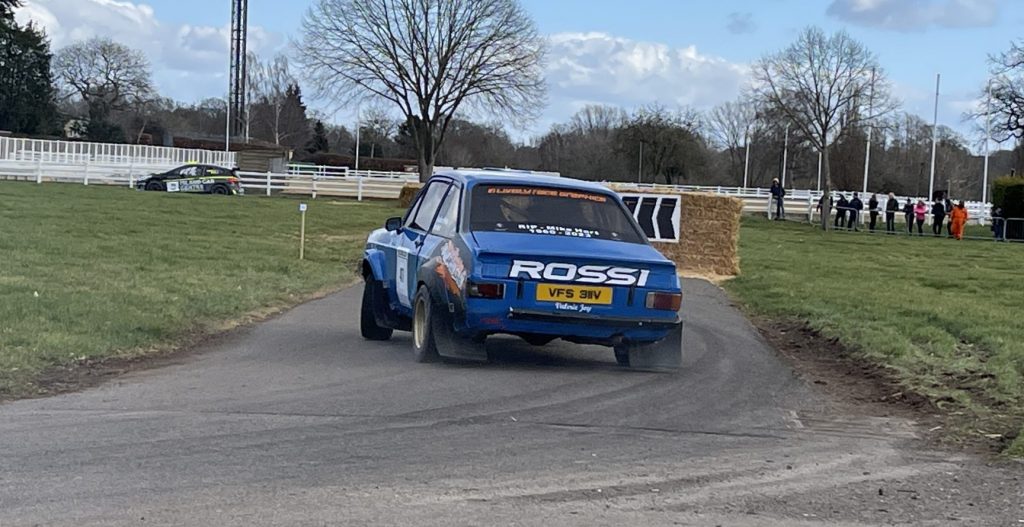
Silverstone Auctions sale was held on the Friday and Saturday. We’ll detail some of the more eye-opening lots below, but few are as optically expanding as the near-£600k Ford Sierra RS500, which you can read more about here.
Here are a few of our favourite cars from this year’s show.
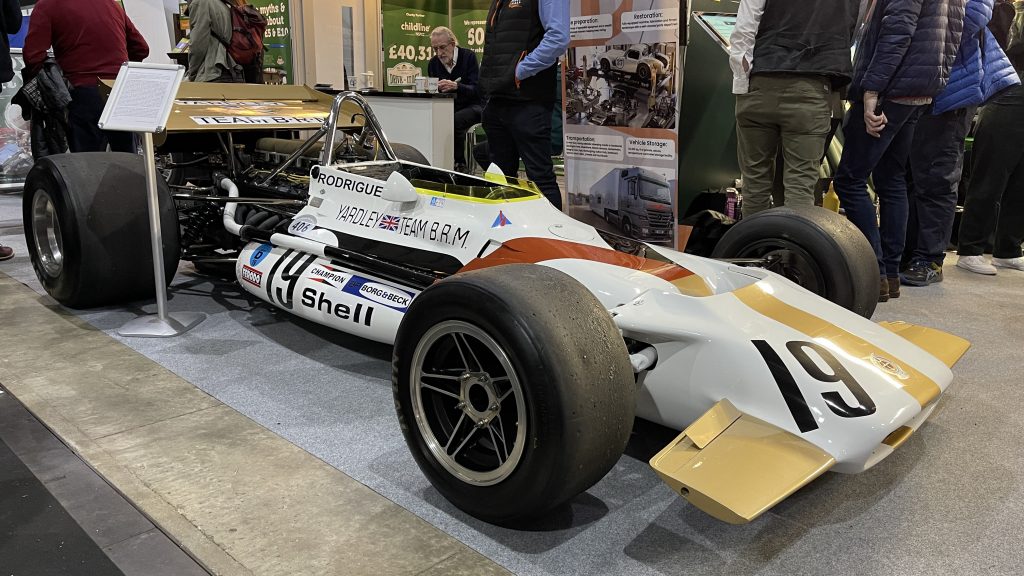
BRM is undergoing a ‘Reawakening’ project with the help of the Owen family, and former BRM designers, drivers and team members were in attendance. Tony Southgate, Mike Pilbeam, Jackie Oliver, Mike Wilds and Rick Hall were all on hand, taking to the stage to share memories about BRM and look to the future.
On the marque’s stand itself was the BRM P153 driven to first place at the 1970 Belgian Grand Prix by Pedro Rodríguez. Designed by Tony Southgate – his first for the team – its low monocoque with bulging sides was a novel design that allowed the fuel to be concentrated around the centre of the car to help provide a low centre of gravity. Although not the first F1 car to use this kind of design, Southgate’s design was what BRM called “onion shaped”. It was powered by a BRM-designed V12 that was attached to a BRM-designed gearbox.
The car wasn’t hugely reliable, although when team drivers Jackie Oliver, Pedro Rodríguez and George Eaton did finish, most of the time they saw the flag within the top ten. The best result came at Spa Francorchamps in the Belgian Grand Prix for Pedro Rodríguez, who took first place – his last and BRM’s first since 1966. It was also the first F1 victory for Dunlop, and the last GP to be held on the old Spa circuit. Rodríguez would also finish second at the USA GP later that year.
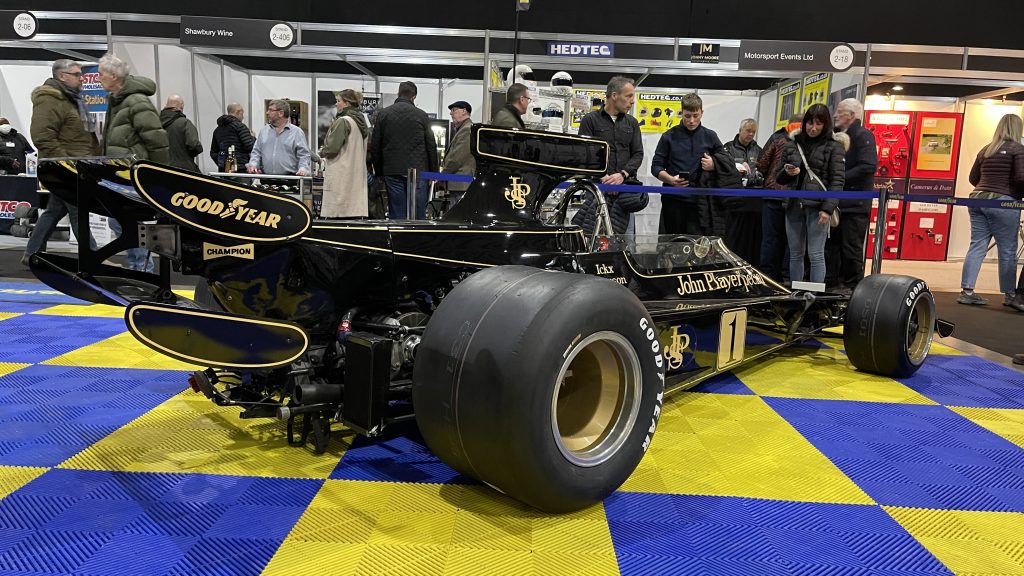
Goodyear is developing new historic F1 tyres, and as part of its display it showed a 1974 Lotus 76 F1 car. Campaigned by Ronnie Peterson and Jacky Ickx, the Lotus 76 made its debut at the third round of the season at the South African Grand Prix. An evolution of the 72, it featured modified aerodynamics, a lighter chassis, a longer wheelbase and a narrower, lower monocoque. Other changes included a bi-plane rear wing in a bid to improve rear downforce and stability.
Curiously it had four pedals and an electronically operated clutch with the control mounted into the gearstick, with the aim of speeding up gearchanges. The car didn’t get off to a great start, with Ickx and Peterson colliding almost immediately in South Africa, and things largely got worse over the year; the team reverted to the 72 for many of the races. The 76 would finish only one race – a fourth for Peterson at the German Grand Prix.
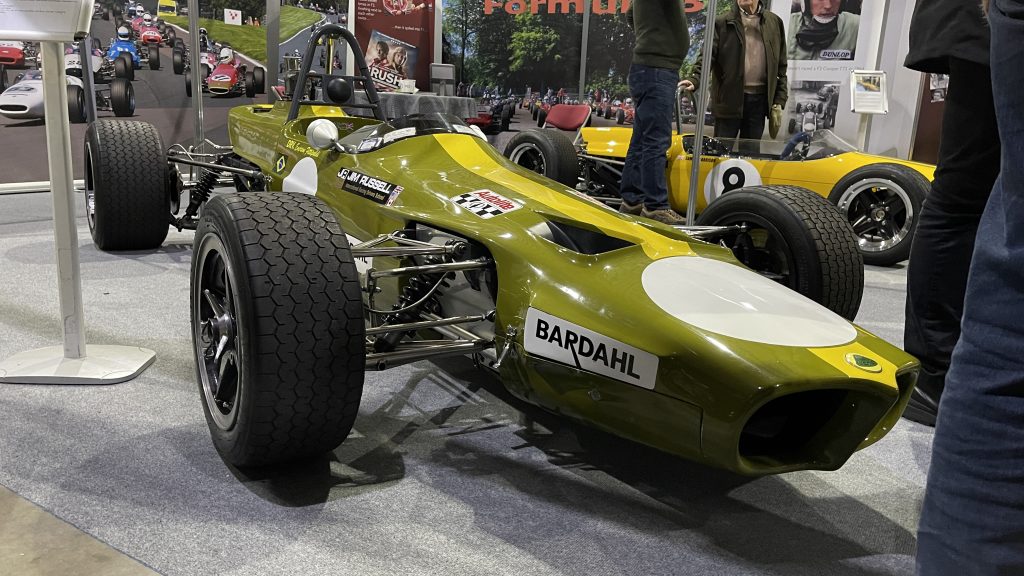
This Lotus 59-F3 was built by Ralph Firman for Jim Russell, and was raced under the latter’s racing team by Emerson Fittipaldi and Dave Walker in the MCD Lombard Championship. Fittipaldi would take nine victories that year. The car then passed to future TWR boss Tom Walkinshaw for 1970, before eventually heading to the US. When it returned to the UK it was treated to a full restoration, and it has been seen at the Goodwood Revival.
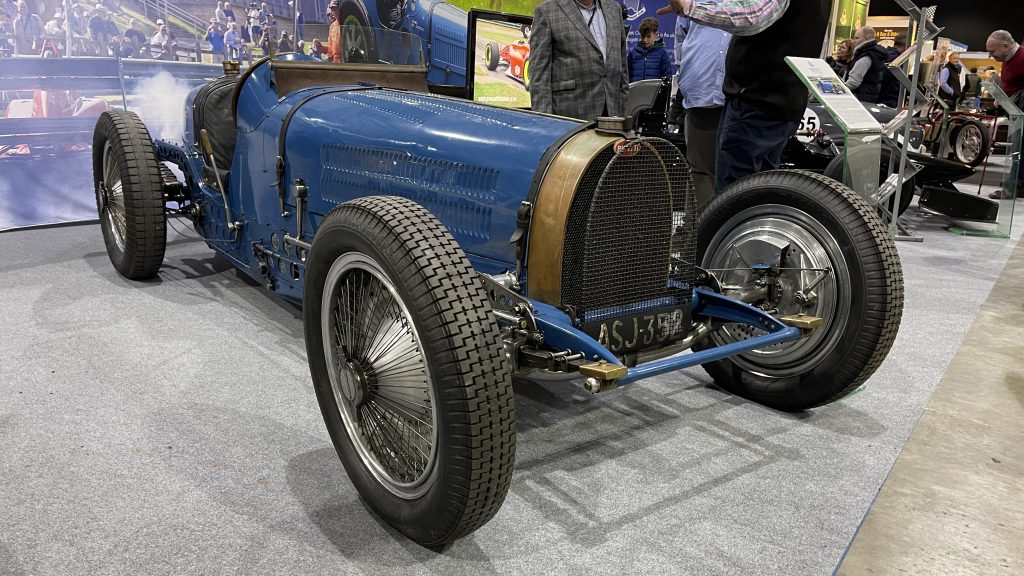
The Prescott Speed Hill Climb stand featured this 1933 Bugatti Type 59, which was originally a prototype for the breed. It was used alongside the Works cars from 1933 to October 1936, when it was damaged in practice for the Vanderbilt Cup. It won the Deauville Grand Prix in 1936. After returning to the factory from America, the plan was to convert the car into a Type 59/50B single-seater, although these works were never completed. It stayed at the factory until 1938, when it was sold to Ray Stones in the US. It would stay there until 1985, when the current owners acquired it and took it back to the UK for a full restoration. It was treated to a new supercharged 3.3-litre straight-eight, because the original engines it ran in period had been lost. It’s been actively used on rallies, races and hill climbs, and covered 3000 miles in 2022 alone.
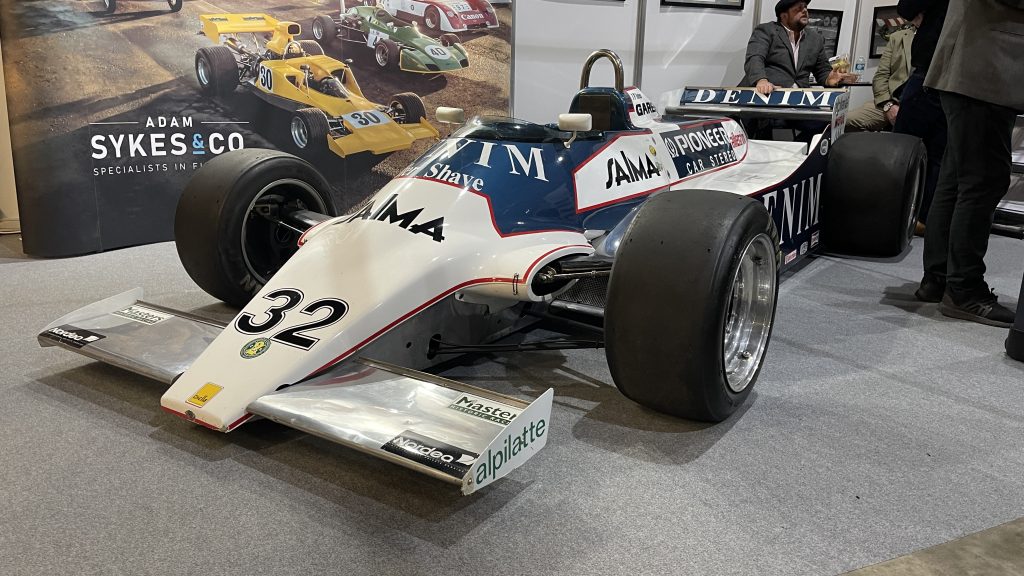
The Osella FA1B was the young team’s second F1 chassis, and driven by the likes of Beppe Gabbiani, Jean-Pierre Jarier, Giorgio Francia, Piercarlo Ghinzani and Miguel Ángel Guerra in the 1981 season. While the car retired or failed to qualify more times than it finished, results for Jarier improved before the end of the season. This particular car, chassis no. 3, was briefly converted into a Can-Am car in 1983, but has since been returned to 1981 specification and demonstrated at Goodwood events.
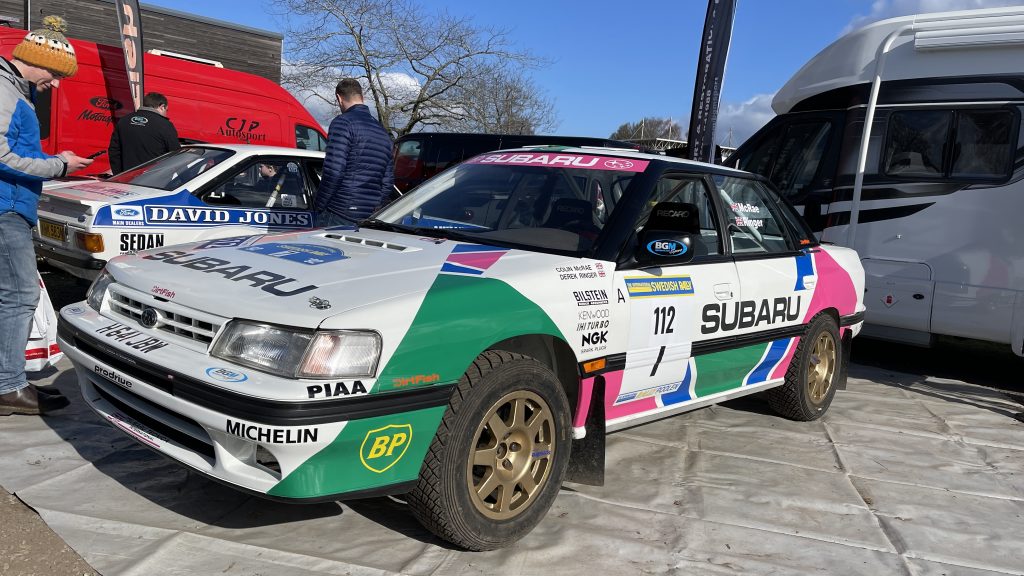
This Prodrive-developed Subaru Legacy took Colin McRae and co-driver Derek Ringer to second place in the 1992 International Swedish Rally, his first finish for Subaru on a World Rally Championship event. The car was also used by several other drivers, such as François Chatriot on the Manx International Rally in 1991 and Markku Alén on the Portugal round the same year.
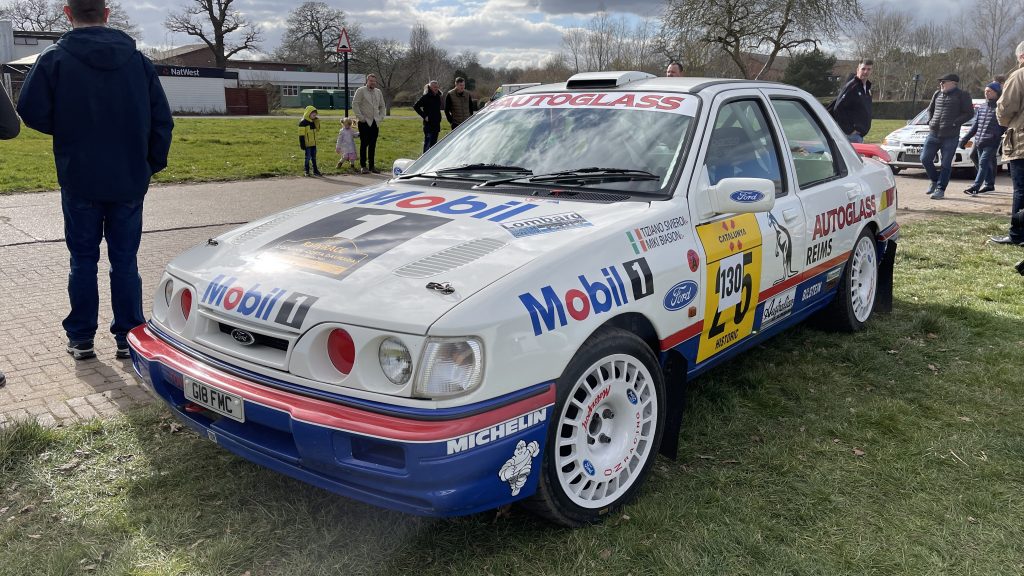
This Ford Sapphire Cosworth 4×4 was the first Ford mount for the expensively signed Miki Biasion, who’d left his beloved Lancia for the Blue Oval off the back of two drivers’ titles and two years in fourth place. He wasn’t particularly impressed with his new car – we can’t repeat what he said of it – but he wrestled it to second on the Portuguese round of the World Rally Championship that year.
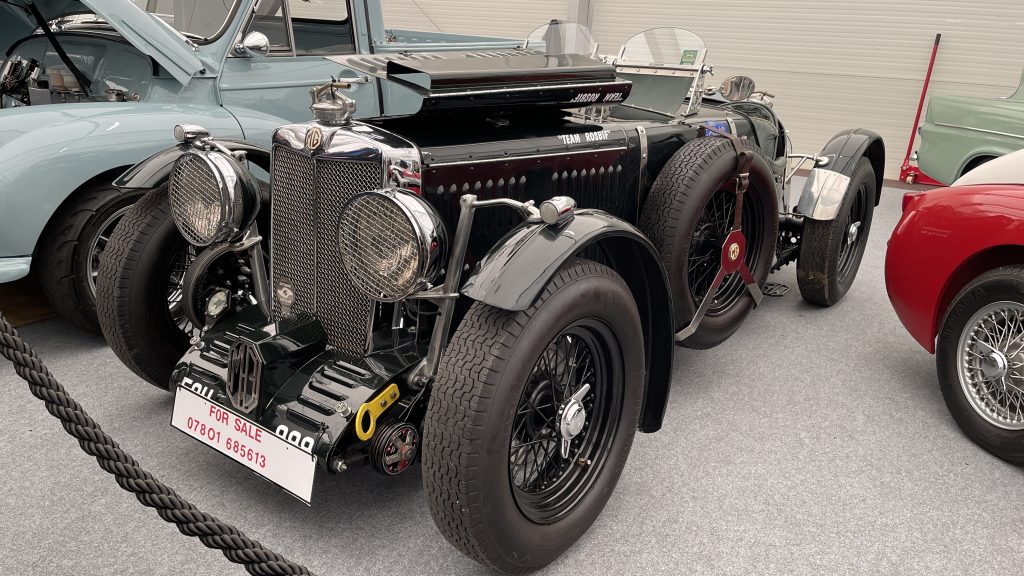
This 1939 MG TB was part of the Reis Pride of the Paddock section. One of 57 Tickford cars built, it was originally fitted with a 150cc XPAG engine. It was originally supplied in four-seat configuration, but was adapted to a two-seater in the 1960s to take the car racing in MG Car Club races. In the late ’60s its engine was replaced with a supercharged 1500cc unit, and in the hands of owner Glyn Giusti it would compete across Europe.
One of the more notable locations was the Angoulême event in France, and alongside Freddie Yhap and Erik Benson formed the Team Rosbif team to “wind up the French Cyclecar competitions”. It was acquired by the current owner, Richard Pinkett, in 2010. He commenced an extensive restoration that included a pointed-rear-style body and a 1250cc engine. Since completion it’s been used in hillclimbs, sprints and races at Prescott, Silverstone, Goodwood and beyond.
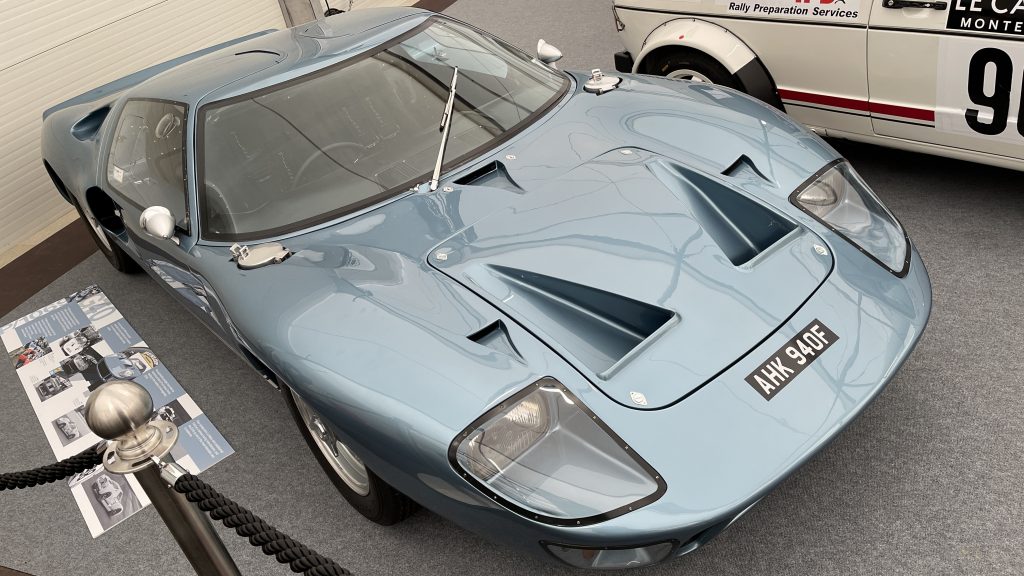
This Ford GT40, chassis no. P/1069, was one of six cars provided to the Shelby American team. It was used as a promotional tool, and was sent by John Wyer to Garage Scuderia Fillipinetti to display at the 1967 Geneva Motor Show. It remained on Ford UK’s press fleet for several years before being purchased by Anthony Bamford. It’s since been in the collections of Willie Green, Frank Sytner and Bruce Ropner, and is currently being enjoyed in private ownership.
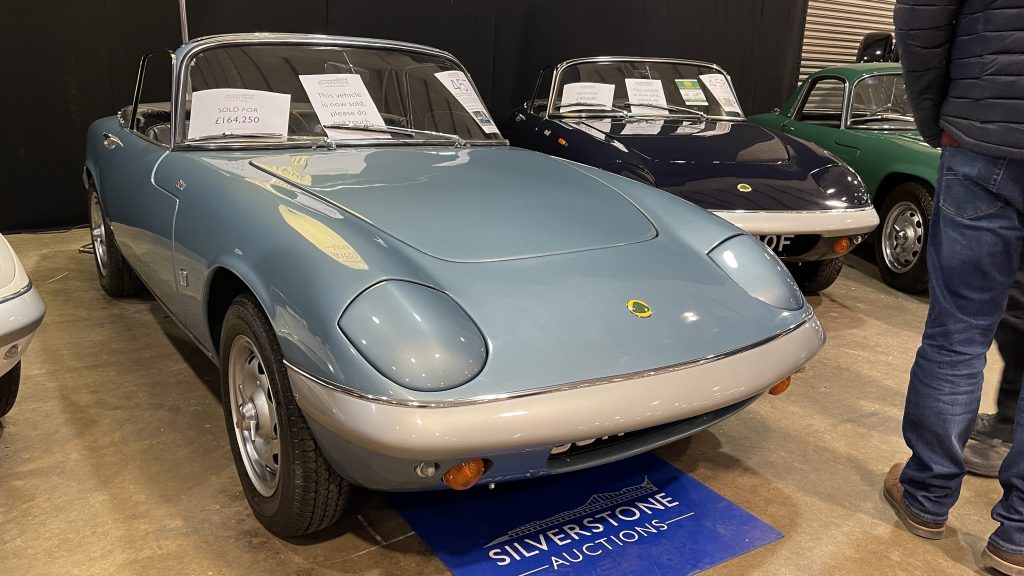
Silverstone Auctions split its sales between competition cars and road cars. The former saw some bargains – a fast-road/trackday-specification Lotus Elise S1 for just under £8k, anyone? – and it was another Lotus that provided one of the big results despite not wearing a Ford badge.
This Elan S3 was part of a collection of Elans with interesting ownership stories. The others included cars belonging to Jochen Rindt, Rob Walker, Peter Sellers, Cosworth co-founder Keith Duckworth and Elan designer Ron Hickman, along with another Sprint, but this one was notable for belonging to Diana Rigg, who played Emma Peel in The Avengers. This example featured in 19 episodes, and at the end of Series 6 the car was gifted to Rigg by the production company, ABC Television. Rigg passed the car to a family friend, and it was later sold to the friend’s sister, who lived in the US.
It returned to the UK as part of the Cars of the Stars Museum in Keswick, before heading Stateside again to join the Dezer Collection. It entered the vendor’s collection – and the UK again – in 2013, and was thoroughly restored. It sold for £164,250 against an £80k-£120k estimate. The other Elans either failed or struggled to hit their low estimates.
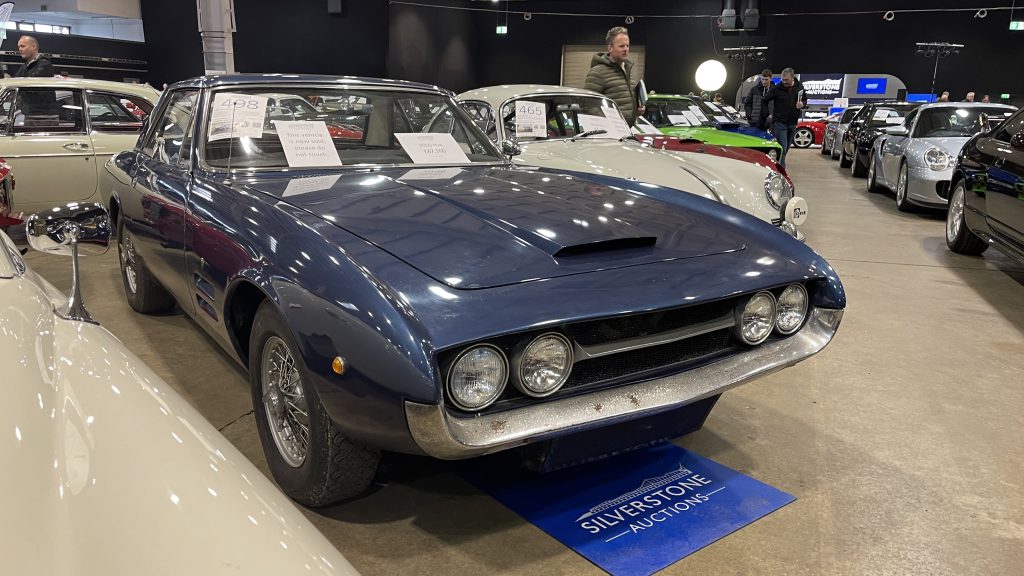
One of the rarest cars in the sale was this 1967 Ghia 450SS Spyder. One of 57 built, it blended a Giorgetto Giugiaro-styled body with a 273ci Chrysler V8. It first came to the UK in March 1990, and is believed to be the latest chassis number known to exist. It sold for £67,500 against an estimate of £40k-£50k.
Reis Race Retro will return to Stoneleigh Park between February 23-25, 2024. More details are available here.
